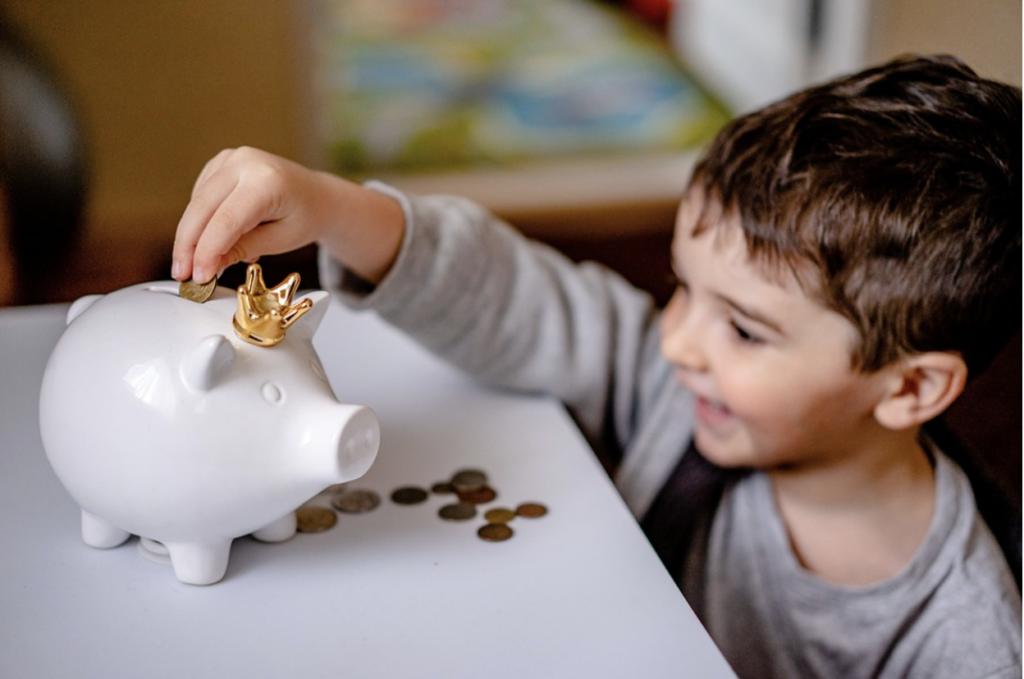The growth of technology has resulted in the introduction of many new ways for individuals to spend money on a wide variety of goods and services. But it’s also because of these advancements that people get into money trouble.
Many youngsters today know nothing about financial literacy. Some of them forgo college education when they get into economic challenges and because they can’t manage their finances properly.
The idea of training athletes while still young is an effective strategy to make them become experts in their field as they get older. Children do learn fast and more effectively than adults.
It’s why it’s best to teach children early about finances so they may no longer face too many financial challenges when they’re of age.

Some Neat Ways To Teach Kids About Financial Literacy
Teach Them While Still Young
It’s never too soon to begin instructing children about the value of money. You can start teaching them as early as age three or four, starting with fundamental ideas such as counting and recognizing various coins and currencies. Collecting them in a scrapbook might be a good idea.
There are stages of teaching children about financial literacy. It’s like teaching them that it can be fun to have cash, but they also need to value money early. Tell them that adults save for college, a home, and a car. The idea will challenge them to save for their future expenses too.
Almost all kids want to be adults, so you can encourage them to save for their expenses in the future.
They may try private student loan or other financing programs when they start college later. But they may find it hard to manage their money, with loan repayments and other endeavors, if you’ll not teach them about it earlier.
Let Them Have Fun And Learn
Children learn best when they’re having fun. Try introducing games and fun-filled activities into your lessons about money. One example is playing a buy-and-sell or shopping game where children can use play money.
Another would be providing your kids with savings jars or piggy banks. They can have fun watching and counting their money as it accumulates.
Picking up little things like coins will help toddlers refine their motor skills. You can also encourage them to get and transfer cash to your hands.
They’ll be curious about what these coins are about. In the same way, the picking coins game is also a very engaging way to teach them how to count.
Make Learning Child-Like
It’s a known fact that financial ideas can be difficult to grasp, even for adults. It would be best if you strived to make your instructions simple and as straightforward as possible.
Use interesting situations from your child’s activities that they can relate to. Ask them to be the ones to pay the cashier when you’re shopping, buying toys, or groceries.
Also, when they ask for toys, you can tell them they should find something less than a dollar or some reasonable amount. It will be their initial orientation to budgeting.
Paying with real money, accepting the change, and ensuring they won’t exceed their toy’s budget, will make the experience more real but still in their language.
In Sum
Be patient with your kids. They’re your replica; they can’t absorb your lessons well if you pressure them into learning such a complicated subject as finances. Don’t be disheartened if they don’t immediately understand your teachings.
Continue your efforts and look for fresh and fun approaches to make learning about money pleasant and exciting for your youngster.
Promote savings and instill in your child the value of putting money aside for future use. Create a savings account for them and urge them to save some money they get from Gran and Gramps or Aunts and Uncles’ gifts.
Whether it’s an allowance or a birthday gift, teach them to turn it into future savings.
